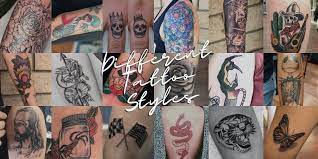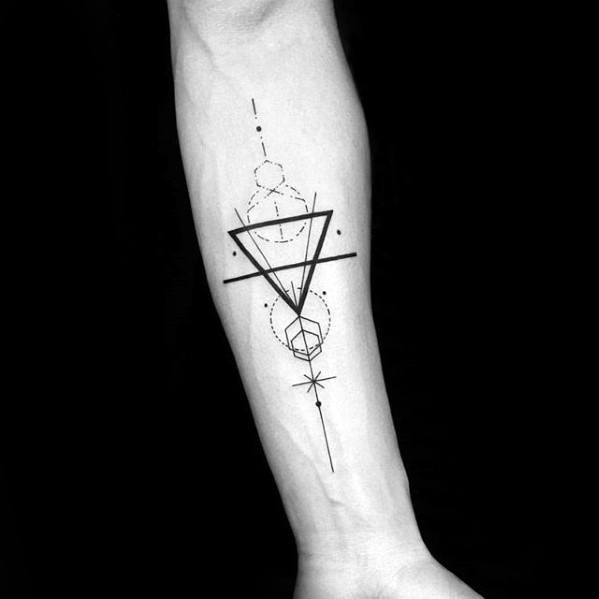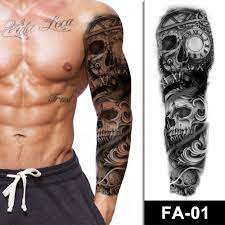
There are various styles of tattooing, ranging from classic realism to bold new school. Today, there are numerous European tattoo artists for your design.
The Picts
The Picts were warriors from Scotland during the Iron Age who were known for their military excellence and often fought naked in battle. These legendary fighters were tattooed with colorful designs and had a distinctive hairstyle that has recently made a comeback. They used symbols carved into stone, cave walls, and bone to represent themselves and were renowned for their exquisite silver jewelry.
The Crusades
European aristocracy united to fight for the Christian faith through various crusades. During this time, tattoo styles reflected these changes, with European soldiers often sporting religious-inspired tattoos like Jerusalem crosses. Tattooing pilgrims who visited the Holy Land dated back thousands of years, but it gained popularity during the Crusades among European Christians. Even today, Coptic Christians in Egypt and elsewhere continue the practice, sometimes requiring it as a demonstration of faith before entering particular churches.
The Renaissance
Artists during this time were celebrated as more than mere craftspeople; they were painters with unique insights into life, earning respect and higher fees from patrons. Linear perspective, developed by Florentine architect Filippo Brunelleschi, became a hallmark of Renaissance art, allowing sculptors to depict space and depth in their works realistically.
The Empire
The Empire was a civilization that expanded its influence throughout Europe and beyond, introducing tattooing into popular culture. Romans regarded tattoos as symbols of power and status, often used to mark criminals and prevent them from escaping prison or joining the army. tattoos were also seen as a protective measure during pregnancy, making them popular among women.
The 19th Century
In the 19th century, they have witnessed a shift in how tattoos were perceived. They were no longer seen as marks of enslaved people and criminals but were increasingly used for self-expression and creativity. Military members, such as soldiers and sailors, proudly displayed their tattoos upon returning from battle. This trend was notable among British Army soldiers who served in Africa and Sudan, as tattoos became a symbol of dedication to their nation.
The 20th Century
In Europe during the 20th century, body tattooing experienced a significant rise in popularity. Sailors returning from tropical voyages in the South and Central Pacific islands were inspired by the intricate tattoos of the local people and sought out their designs as souvenirs. These tattoos were typically created using a sharp bone chisel and conveyed information about an individual’s status, rank, ancestry, and abilities. This practice, known as “ta moko,” remains common among the Maori people today.

